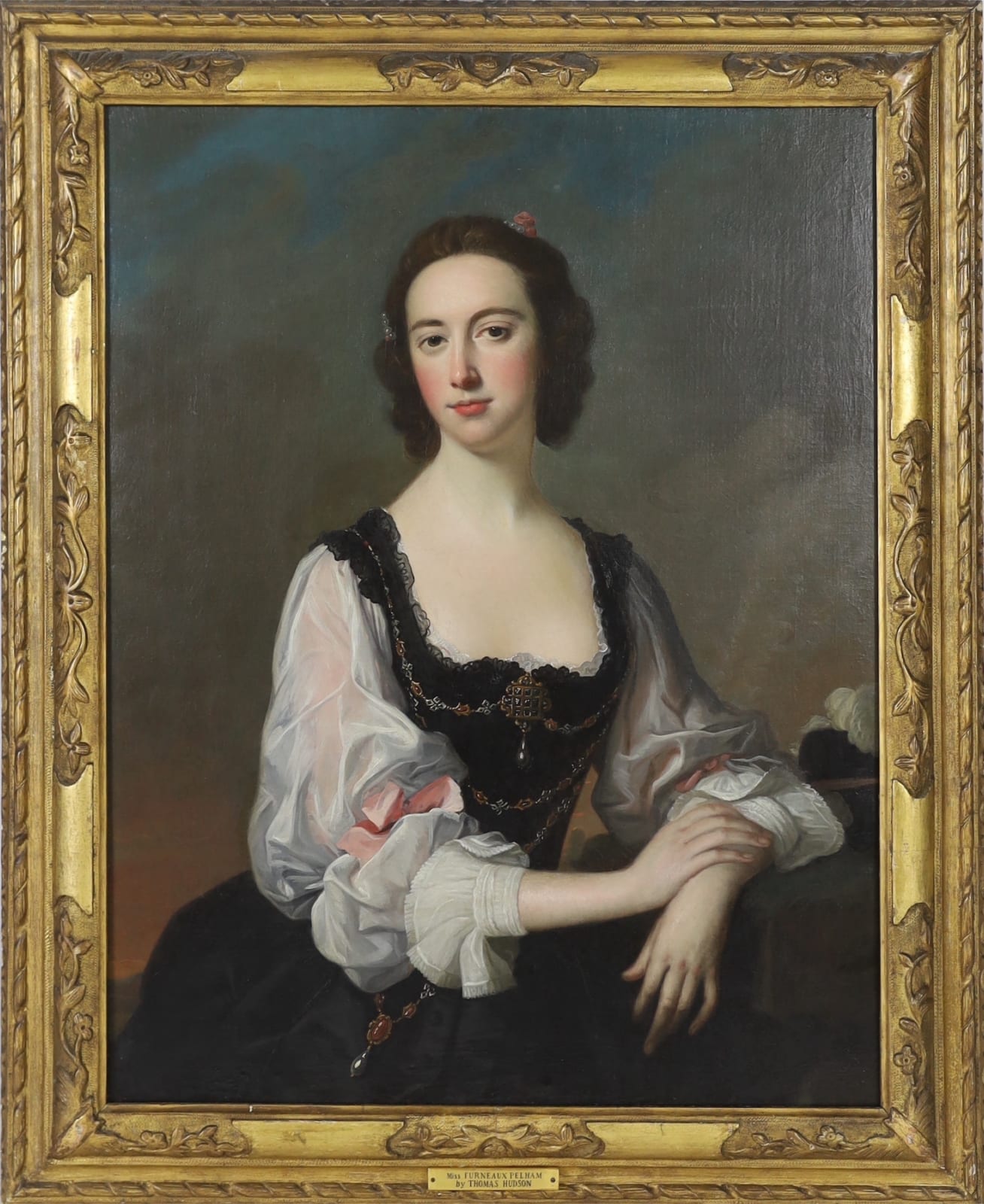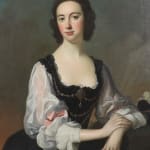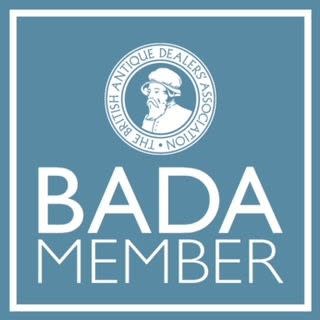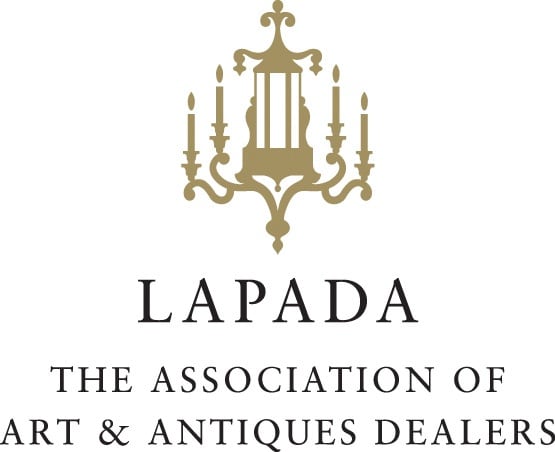Thomas Hudson (1701-1779)
Provenance
Property of Edward Hockley when sold at Christie's London, 3 May 1946, lot 79 (as by Allan Ramsay), bt. by 'Nicoll'.
Sotheby's London sale, 'British Paintings 1500-1805', 10 July 1991, lot 22 (as by Thomas Hudson)
Private collection, Sussex
Portrait of a Miss Furneaux Pelham, in a 'Van Dyck' style black gown with white sleeves trimmed with pink ribbon, the bodice adorned with jewels and pearls, resting her arm on a stone pedestal.
Bears a Christie's stencil on the reverse 629HT and a Sotheby's auction chalk mark, possible relating to the 1991 sale.
Oil on canvas housed in a period giltwood frame.
Canvas size: 92 x 71cm
In frame: 109 x 89cm
From 1740 to about 1760 Thomas Hudson was one of the most successful portrait painters in England. Having come to London in the mid-1720's, shortly after the death of Sir Godfrey Kneller in 1723, Hudson gradually rose to a position of prominence, which he held until the 1750's. Hudson painted only portraits, working first under the influence of his teacher Jonathan Richardson, and then turning in the 1740's to the baroque portrait compositions of Sir Anthony Van Dyck and Sir Peter Lely. From this time, with the assistance of drapery painters such as Joseph Van Aken, Hudson produced large numbers of portraits of ladies, gentlemen, judges and clergymen. He married his teacher's daughter Mary Richardson in 1725 and on Richardson's retirement in 1740, he inherited a number of Richardson's clients. Hudson also followed in his father-in-law's footsteps in collecting drawings and paintings by Old Masters as well as those by his contemporaries.





